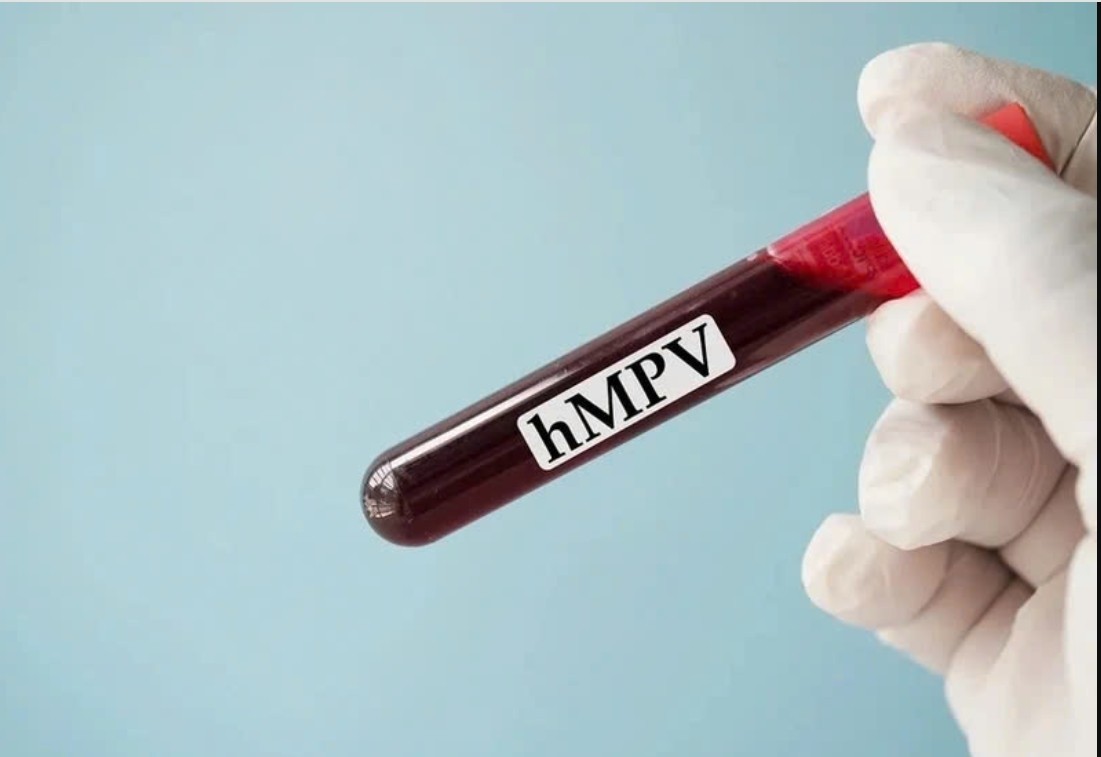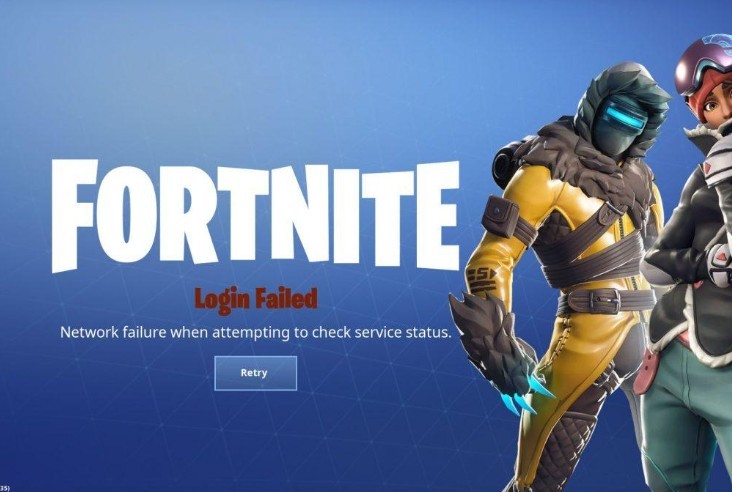What Is The National Flower of Canada?
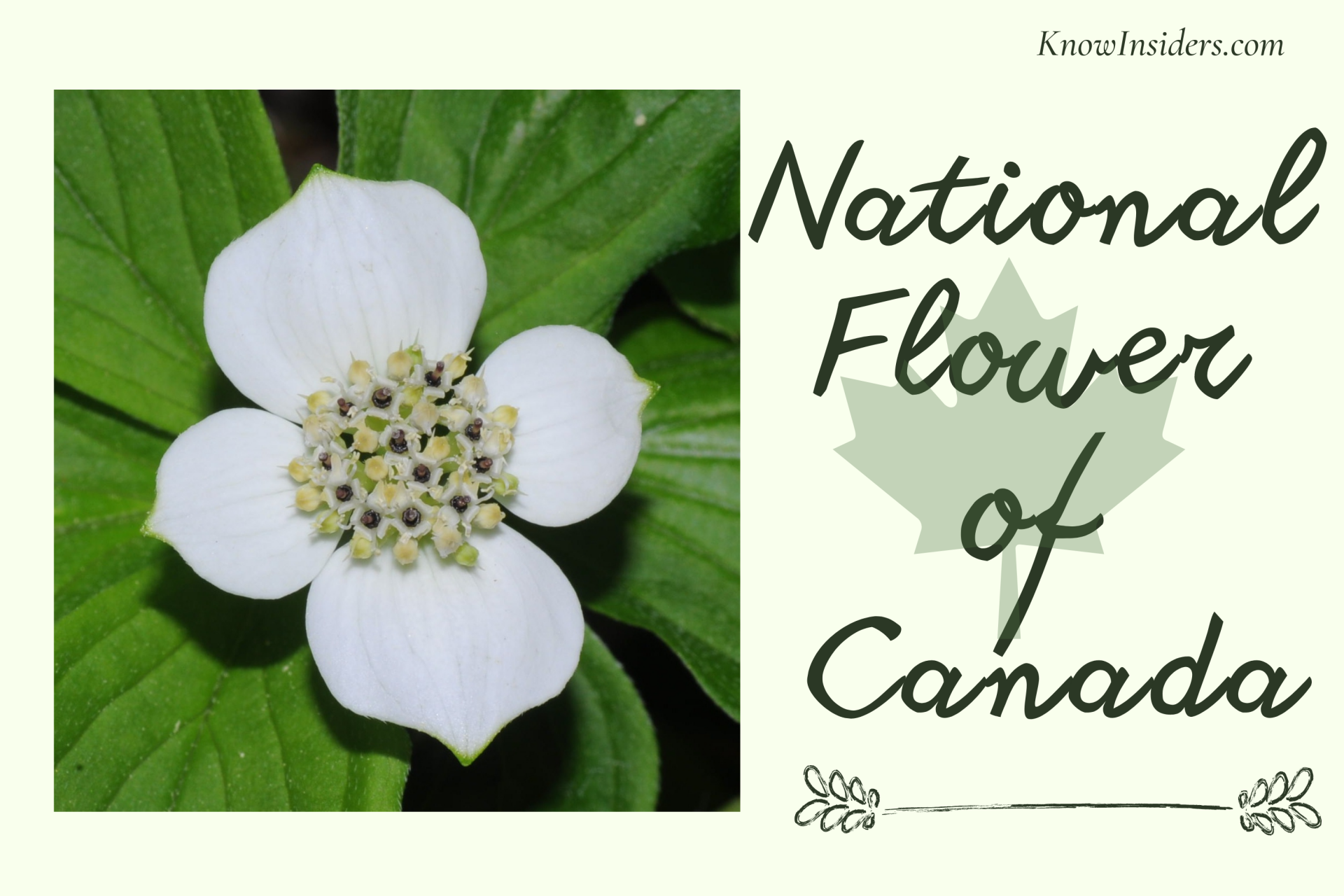 |
| Bunchberry (Cornus canadensis). Photo: KnowInsiders |
Did you know Canada doesn’t have a national flower (floral emblem)? Some 60 countries do, including the United States (the rose) and Australia (the golden wattle, Acacia pycnantha), while the United Kingdom has four: rose (England), daffodil (Wales), flax (Northern Ireland) and thistle (Scotland).
Four summers ago, for Canada’s 150th anniversary, a campaign took place to name a national flower and over 10,000 people placed a vote for … the bunchberry (Cornus canadensis). It was certainly a wise choice, as it is one of the rare flowering plants found in all of the vast country’s provinces and territories. A petition was made to Parliament to officially name it, but it was unfortunately never approved. Darn!
At the speed things go with governments, it may take another half-century before the choice is finally sanctioned.
Bunchberry - Canada’s (Unofficial) National Flower
A nationwide contest to celebrate Canada’s 150th anniversary, sponsored by Master Gardeners of Ontario, embraced the bunchberry, known as quatre–temps in French and kawiscowimin in Cree, as the winner.
Since the beginning of the National Flower Contest, the little white flower has held the lead with an average of 80 percent of the online vote, says Maureen Hulbert, Executive Director, Toronto Master Gardeners, who spearheaded the contest. Since it was announced in March, almost 10,000 Canadians took up the challenge to help select our national flower.
The Master Gardeners submitted an online petition to Parliament to have the winner declared Canada’s official National Flower, says Maureen Hulbert.” We all love to celebrate the wildness of Canada and its varied areas and having something that can actually grow in every part of the country pulls us together” she said.
Of course, Canada’s provinces and territories have deep-rooted floral emblems to represent regional distinctions, ranging from Nova Scotia’s mayflower, designated in 1901 and said to be named after the namesake ship that took British pilgrims to the New World, to Nunavut’s purple saxifrage, designated in 2000, which grows like a carpet over the territory’s rocky surfaces.
>> Song - Canadian national anthem "O Canada"—All four verses!
Three choices were presented
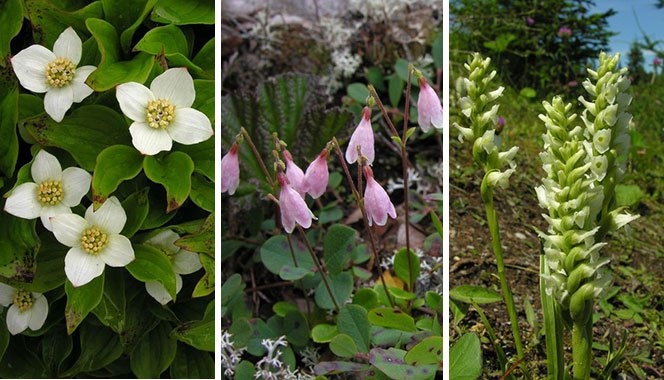 |
| Bunchberry (left) was preferred over twinflower and hooded lady’s tresses. Photos: Todd Boland |
Twinflower
A delicate pink nodding flower, that also provides forage for winter caribou. Hulbert said the Twinflower strikes her as being very Canadian, as its botanical name is Linnaea borealis, which sends a nod to our northern heritage.
"The two flowers are also a nod to Canada's two arrivals, the French and English, over a hundred years ago," she said.
The Twinflower also drew favorable reviews from Claudette Sims, the president of the Master Gardeners of Ontario.
"Twinflowers are such sweet little flowers," she said. "They work in pairs."
Hooded Lady's Tresses
The Hooded Lady's Tresses are wild bog orchids with white spiraling flowers, Hulbert said. The flower is one of about 65 species of orchids native to Canada.
It's also a popular destination for bees.
Sims added that the flowers are noteworthy for their look, resembling braided hair.
Bunchberry
Rounding out the list is Bunchberry, which flowers in spring — also benefiting bees and other pollinators — and grows berries in the summer as a source of food for animals.
It also provides forage in the winter.
Hulbert said she likes its very Canadian botanical name: Cornus canadensis.
"It has Canada right in its name. It's a great selling feature," she said, adding that it's nice to celebrate native plants that do ecological good.
Bunchberry appeared to be the top choice for a number of experts, including Nancy Turner, an ethnobotanist at the University of Victoria and a researcher with an extensive history working with First Nations elders and cultural specialists.
"I would go with Bunchberry, which, indeed has a history of Indigenous Peoples' use and knowledge, at least on the west coast," she said. "There is even a Nuu-chah-nulth story about its origin at the base of cedar trees."
| Voting closed at midnight on June 30th, 2017 and your choice was overwhelmingly the Bunchberry! This lovely plant isn’t officially our national flower, however it’s a worthwhile choice for gardens across the country! |
What is Bunchberry?
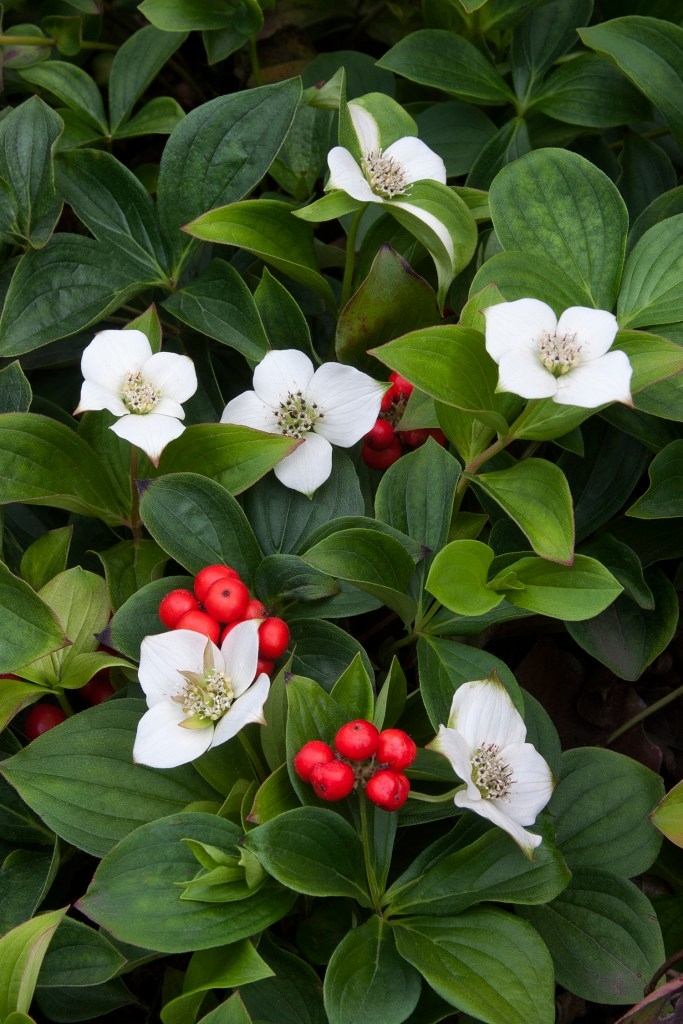 |
| Photo: Flora Finder |
Bunchberry (Cornus canadensis) are low-lying erect perennial plants that can be found growing on forest floors and change with the seasons. They can be found growing individually, but more typically found in colonies that generally form a carpet-like mat. This plant is also known as dwarf dogwood, bunchberry dogwood, creeping dogwood, ground dogwood, Canadian dwarf cornel, Canadian bunchberry, quatre-temps, and crackerberry. They are native to eastern Asia, the northern United States, New Mexico, Canada, and Greenland.
What Does Bunchberry Look Like?
 |
| Photo: The Spruce |
Bunchberry has a single whorl of six egg-shaped and pointed leaves that can be found toward the top of their stems. Positioned just above the leaves, there is a cluster of tiny greenish or yellowish flowers that are surrounded by four ovate white or pinkish-colored petal-like bracts. This cluster of flowers resembles a single, one-inch solitary flower. During the mid to late summer, this cluster of flowers will become bright-red berries. The leaves will become wine-red in color during the fall. It spreads by underground stems.
Where does Bunchberry Grow?
 |
| Photo: Gardenia |
These plants thrive where it is cold, even bitterly cold, and generally do not perform well where summers are very hot. Bunchberry is a mesophytic species that flourish in cool, moist soils. It inhabits mountainous and boreal coniferous forests, where it can be found growing along the edges of moist woods, on old tree stumps, in mossy areas, and among other open and moist habitats. It is cold hardy, growing all the way up to planting zone two. It is listed for zones two through seven.
Are Bunchberries Edible?
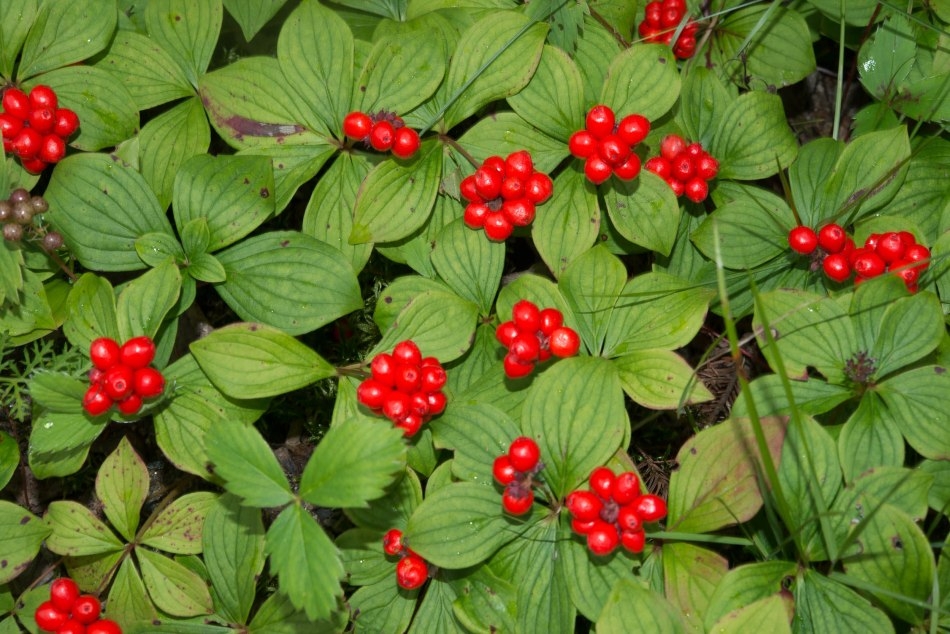 |
| Photo: Flora Finder |
Yes, pollinated bunchberry will produce edible red berries that are tasty and enjoyable for bears (Ursidae), hares (Lepus), and even humans. For us humans, mature fruit and seeds can be consumed raw or cooked. Although some individuals may not find the raw seeds desirable as the large seeds contained inside can be found to be hard and crunchy. The berries are also mealy with a mild flavor. They do have nutritional benefits though, as they are high in concentrations of flavonoids and vitamin C. On the plus side, as far as edible benefits go, the berries preserve well and can be added to jams, puddings, as well as other baked goods and teas. They contain high levels of pectin and this makes them a great addition to low-containing pectin fruits when making jams.
The berries will be green or yellow until they ripen into edible and red berries.
| Bunchberry is one of the fastest plants on earth! When an insect touches a mature but unopened flower, the stamen jerks up at the speed of 24,000 meters a second, showering the creature with pollen. It requires a camera capable of shooting 10,000 frames per second to catch the action. |
 What Are The Biggest Industries In Canada Today? What Are The Biggest Industries In Canada Today? When looking at the major key industries in Canada from a business point of view, then industries vary as look across Canada. There are some ... |
 Top 10 Most Expensive Cities To Rent Housing In Canada Top 10 Most Expensive Cities To Rent Housing In Canada If you are looking for a house which is not too expensive to rent in Canada, houses in these 10 following cities are not for ... |
 Only in Canada: Top 9 Iconic Symbols Only in Canada: Top 9 Iconic Symbols Visiting China, what comes to mind? Is it a country famous for its cross-culture, thus it is rich in civilization and culture? What best represents ... |


